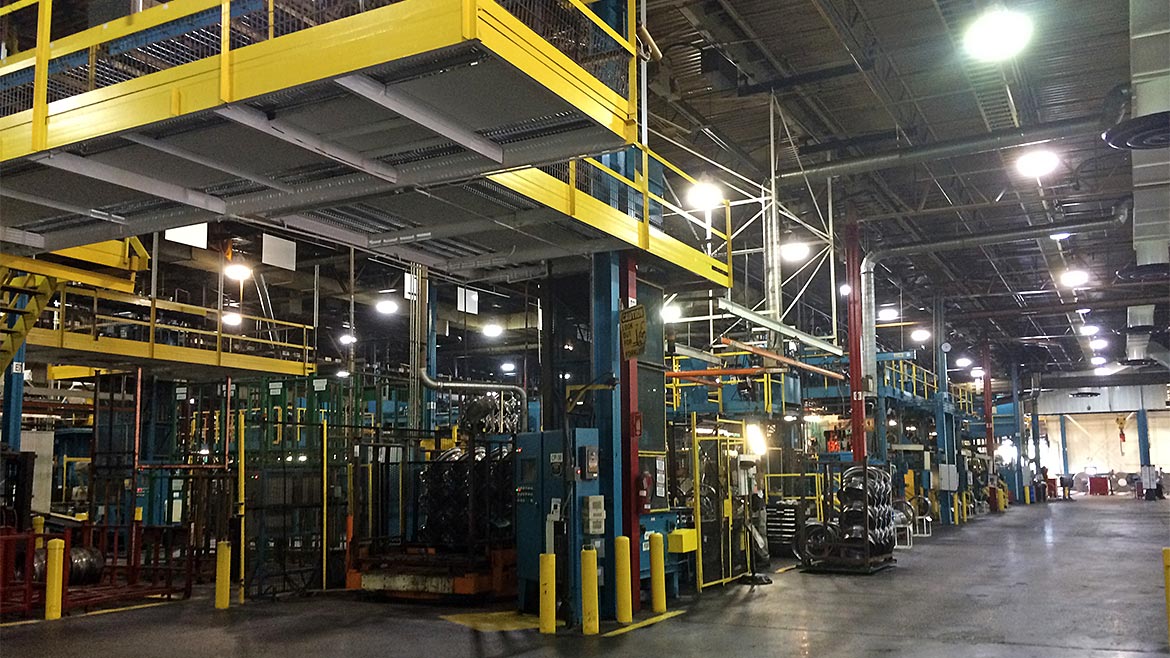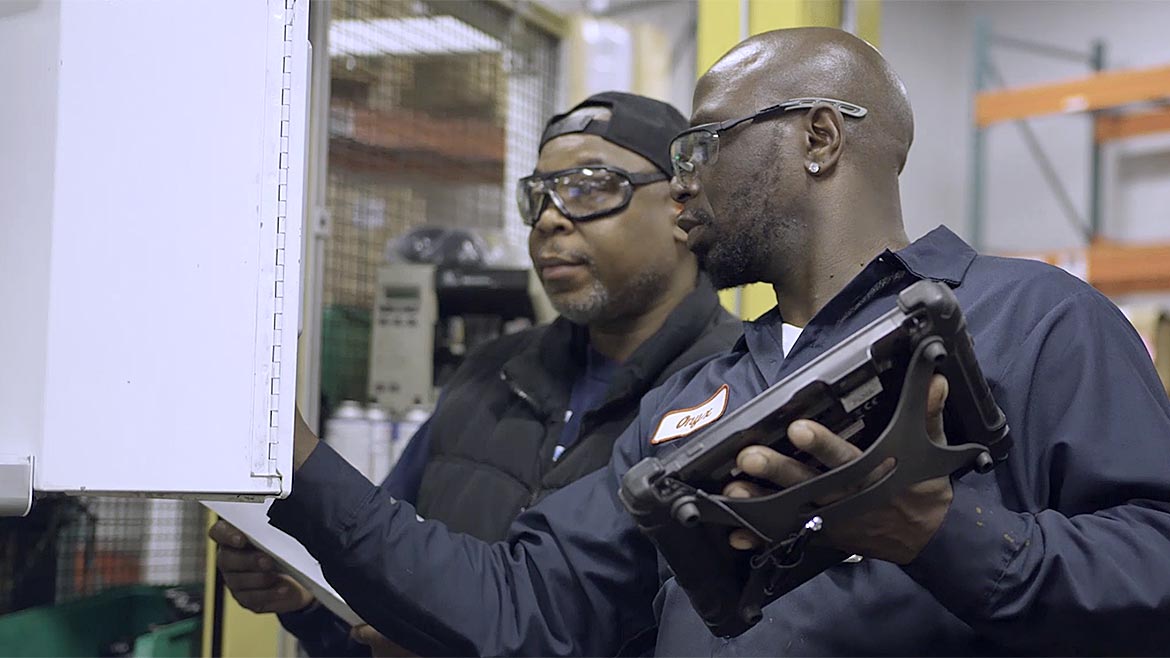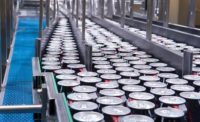The manufacturing industry is facing multiple challenges that are driving the adoption of automation-enabling technologies. As with many other industries, manufacturers are grappling with challenges created by the Great Resignation and a general shortage of available workers. Research shows that 65% of manufacturers struggle to fill job vacancies. To make up for unfilled roles, 82% of manufacturers are exploring new and innovative ways to invest in workforce enablement and optimization. In addition to workforce issues, manufacturers have also been forced to navigate around volatile supply chains in recent years, driven largely by the pandemic and material scarcity.
The ways manufacturers are addressing these challenges today is shaping the future of manufacturing and supply chain operations. Of the smart manufacturing technologies businesses have invested in, process automation produces the biggest ROI according to 33% of companies. So, how are companies strategically deploying automation-enabling technology to maximize ROI?
How Automation & Smart Manufacturing Technology Supports Workforce Optimization
Nearly half (46%) of manufacturers report that their organization lacks the skilled workforce to outpace competition in 2023. That’s a 31% increase from the previous year, and shows that workforce challenges may continue to worsen before they get better. The biggest challenge enterprises will face in the coming year is ensuring the effective management of people and resources.
Manufacturing businesses need to invest in solutions and process optimization that address the skilled labor shortage by enabling automation and advanced data analysis, driven by artificial intelligence (AI) and machine learning (ML), to maximize ROI. These capabilities support both workforce enablement and an enterprise’s ability to increase supply chain resilience, improving the organization’s ability to weather demand and supply shocks by improving the accuracy of inventory forecasts.

Leveraging Automation & Advanced Analysis For Forecasting
When executed the traditional way, with spreadsheets or paper-based processes, inventory forecasting requires significant resources – primarily time and labor. While these traditional approaches also use algorithms to predict future demand and supply levels, the algorithms tend to be static and unchanging. ML-driven, automated forecasting offers the opportunity for manufacturers to take advantage of dynamic algorithms that are automatically adjusted based on market dynamics, historic production and industry trends. This contextual information around ongoing industry trends makes forecasts much more accurate. By automatically analyzing large volumes of historical data, collected from internal business systems and external partners, ML-driven forecasts can increase the predictability of future procurement and production levels – ultimately leading to an improved ability to deliver orders on time, in full.
Using Digital Work Instructions & Real-Time Updates To Drive Shop Floor Efficiency
Another way manufacturers can leverage automation and advanced analysis is to support the productivity of both employees and shop floor machine assets. Using smart manufacturing technology, tailoring capabilities to the unique needs of the enterprise, companies can automatically share information and updates around key performance indicators (KPIs) and productivity with the workforce on the shop floor. Digital work instructions, enabled by cloud technology and the integration of core business systems, can be disseminated to shop floor workers to provide information surrounding only the job at hand. This reduces the noise and distractions that can arise when workers receive too much information from various systems and tools, enabling workers to focus all of their attention on the work they’re currently doing.
Digital work instructions, typically presented on a dashboard screen at the worker’s station, show employees the progress of active work assignments, along with specific details around what additional steps must be taken to complete the job. Dashboard data is automatically pulled from programmable logic controllers (PLCs) and IoT sensors across the facility in real-time, ensuring workers aren’t basing their priorities on old information. This is obviously beneficial to production teams, but maintenance crews can also use the digital instructions and real-time information updates to more accurately predict when machine maintenance should occur by identifying the most critical tasks based on machine downtimes and frequencies of machine errors.
Not only does this support overall enterprise productivity and on time delivery, but it also provides employees with a level of control over their work – enabled by visibility into enterprise data. Using the automated insights provided by digital work instructions and real-time dashboard updates, workers can contribute to organizational success by adjusting machine performance based on historic data and providing suggestions to leadership on how to improve efficiency.

Why Quality Is The Ultimate Goal Of Automation Enablement
The ultimate goal and overarching driver for digital transformation, specifically around the adoption of smart manufacturing technologies that enable automation, is the pursuit of improved quality. Almost half (45%) of companies place quality as the motivator for digital transformation. In fact, even some of the companies that do not recognize quality as the main driver for their digital transformation still appear to prioritize investments that improve quality. For example, of the companies that have adopted automation-enabling smart manufacturing technology, the majority of them prioritized investments in production monitoring (54%) and quality management systems (QMS – 51%) – higher rates than the 45% of companies who report prioritizing quality.
The goal behind quality investments is not just to produce high quality products. It’s about ensuring that every aspect of enterprise operations is executed with quality as a priority, from initiatives to improve sustainability to workforce optimization.
Adopting Quality-Driving Automation & Strategies For Sustainability
Improving quality has a direct impact on sustainability. Manufacturing products that are free of defects reduces waste and energy consumption. But enterprises can also improve the quality of business partners they use for material and part procurement through better planning. If manufacturers can use high quality suppliers and trading partners that are committed to sustainable practices, it will support the sustainability of entire supply chains instead of just a single company. Improving sustainability in this regard requires intense planning and time without the assistance of automation (as explained in the previous forecasting and digital work instruction examples). But organizations that leverage smart manufacturing technology will find that developing achievable plans for future production, which will lead to less waste, is much easier and more efficient.
And For Workforce Optimization
Vision & Sensors
A Quality Special Section
The vast majority of companies in the manufacturing industry (90%) plan to maintain or grow their workforce as a result of technology adoption. This shows that manufacturers are largely exploring ways that technology can better support, rather than replace, their human workers – who possess critical thinking skills and contextual knowledge that smart manufacturing technologies do not.
Manufacturers are correct to use automation and smart manufacturing technology to elevate the quality of their workforce, especially as those workers become more valuable amid the workforce shortage. Enterprises need to both retain their valued employees and train them to be the ideal workforce of the future enterprise, which includes educating employees on new processes and ways of doing things, as well as how to best use industry 4.0 (I4.0) and soon, industry 5.0 (I5.0) technologies.
What The Future Holds For Manufacturing & Automation Technology In Manufacturing
The most successful companies are currently investing in smart manufacturing and automation technology. Companies with a higher revenue are more likely to have already adopted smart manufacturing technologies, with a 58% adoption rate among the top third of high-earning companies. For small-to-medium businesses (SMBs) who have not yet adopted automation, this can make digital transformation for the purpose of competitive differentiation and value generation seem like an exercise in futility. However, SMBs should view this as an opportunity to catch up to larger competitors by quickly deploying already proven, out-of-the-box manufacturing solutions that enable automation with a quick time to ROI.
The companies that adopt automation sooner will be better positioned to stay competitive, increase agility, and cultivate the skilled workforce of the future – ultimately leading to predictable and sustainable success. If an organization is looking for the opportune time to invest in automation and workforce enablement, that time is now. Waiting to invest will only let the competition get that much farther ahead in the race.



